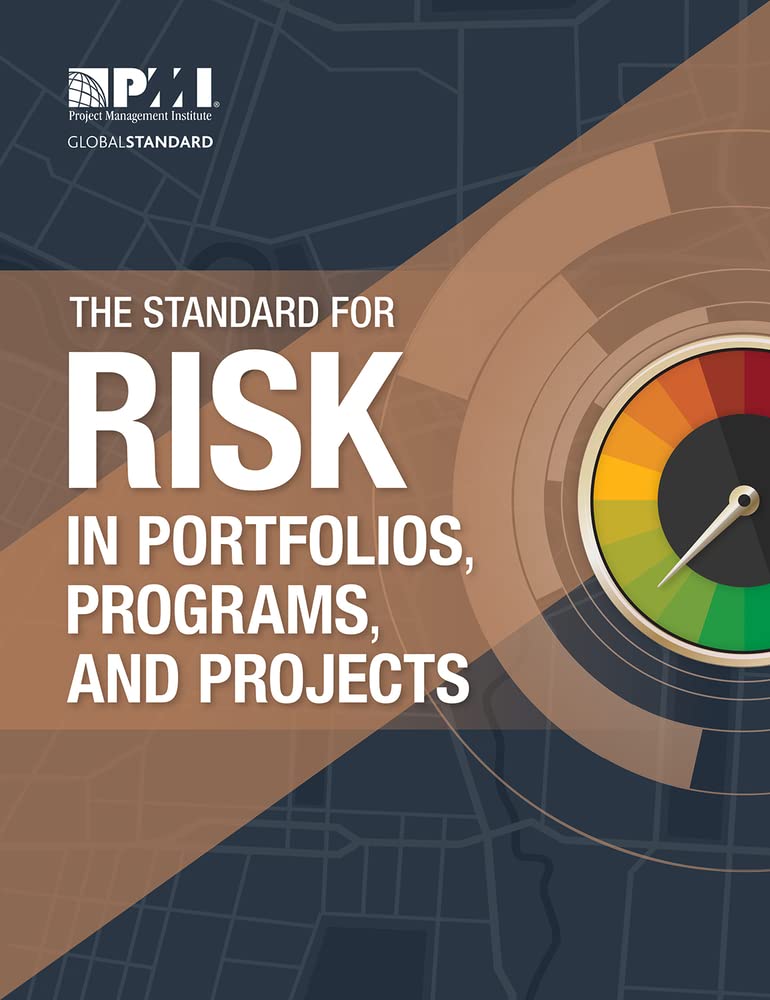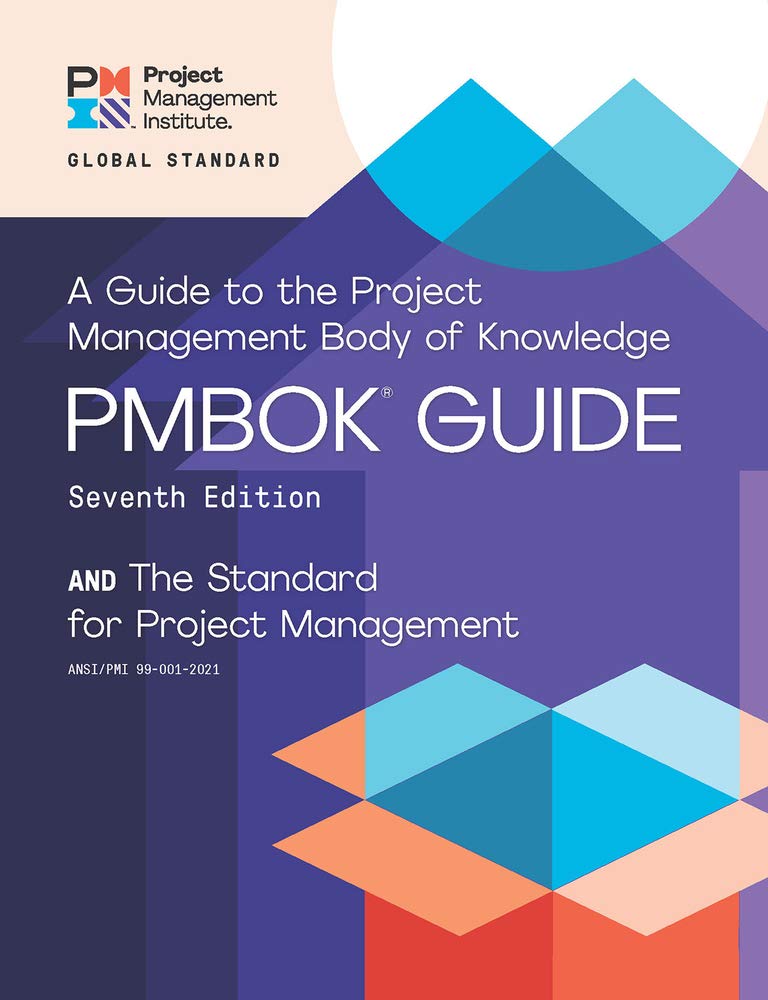
Threshold
What is Threshold?
In project management, a threshold is a predefined limit or value that signals when a specific condition or measure has reached a point requiring attention or action. It acts as a control marker that helps project managers assess whether a project is performing within acceptable boundaries. Project managers often set thresholds for key performance indicators such as cost, time, scope, risk, or quality. When a project crosses a threshold, it usually triggers a predefined response, such as a risk review, an escalation, or an adjustment in the project plan.
Setting thresholds ensures that the project stays aligned with its objectives by providing early warnings when issues arise. They support proactive decision-making and help in maintaining project control, especially in complex or high-risk environments.
Key Points
- It is a control limit that helps monitor project performance.
- Project managers often use it to track changes in a project’s budget, schedule, quality, or risk.
- Crossing a threshold typically requires corrective action or stakeholder notification.
- Teams must define thresholds during planning and monitor them throughout execution.
- Setting clear thresholds improves accountability and transparency.
Related Terms
- A risk trigger is a specific condition or event that signals the potential occurrence of a risk, much like a threshold signals when action is needed.
- A project baseline represents the original plan and serves as a reference point against which thresholds are often measured.
- A key performance indicator (KPI) is a measurable value used to assess project success and is frequently linked to threshold values.
- A control limit sets the boundaries for acceptable variation in project performance, closely tied to the idea of a threshold.
- An escalation process defines the steps a team should follow after a project exceeds a threshold, ensuring a timely intervention.
Threshold: Example
A project has a cost threshold set at 10 percent above the approved budget. If actual costs exceed this limit, the project manager must report the variance to the sponsor and initiate a cost review. This early warning helps prevent the budget from spiralling out of control and allows time to adjust scope or resources.
Threshold: Best Practices
- Define it clearly during the planning phase and align it with project objectives.
- Involve stakeholders in setting its values to ensure agreement and clarity.
- Use it in conjunction with KPIs and risk management strategies.
- Regularly monitor progress against it to catch issues early.
- Establish escalation procedures for when projects breach thresholds.
Additional Resources
Preparing for a PMI certification?
- Exam Prep Courses: PMP®, CAPM®, and PMI-ACP®
- Exam Simulators: PMP®, CAPM®, PMI-ACP®, PMI-PBA®, PMI-RMP®, PMI-SP®, PgMP®, and PfMP®
- Professional Development Units (PDUs): 15, 30, and 60 PDU Bundles




